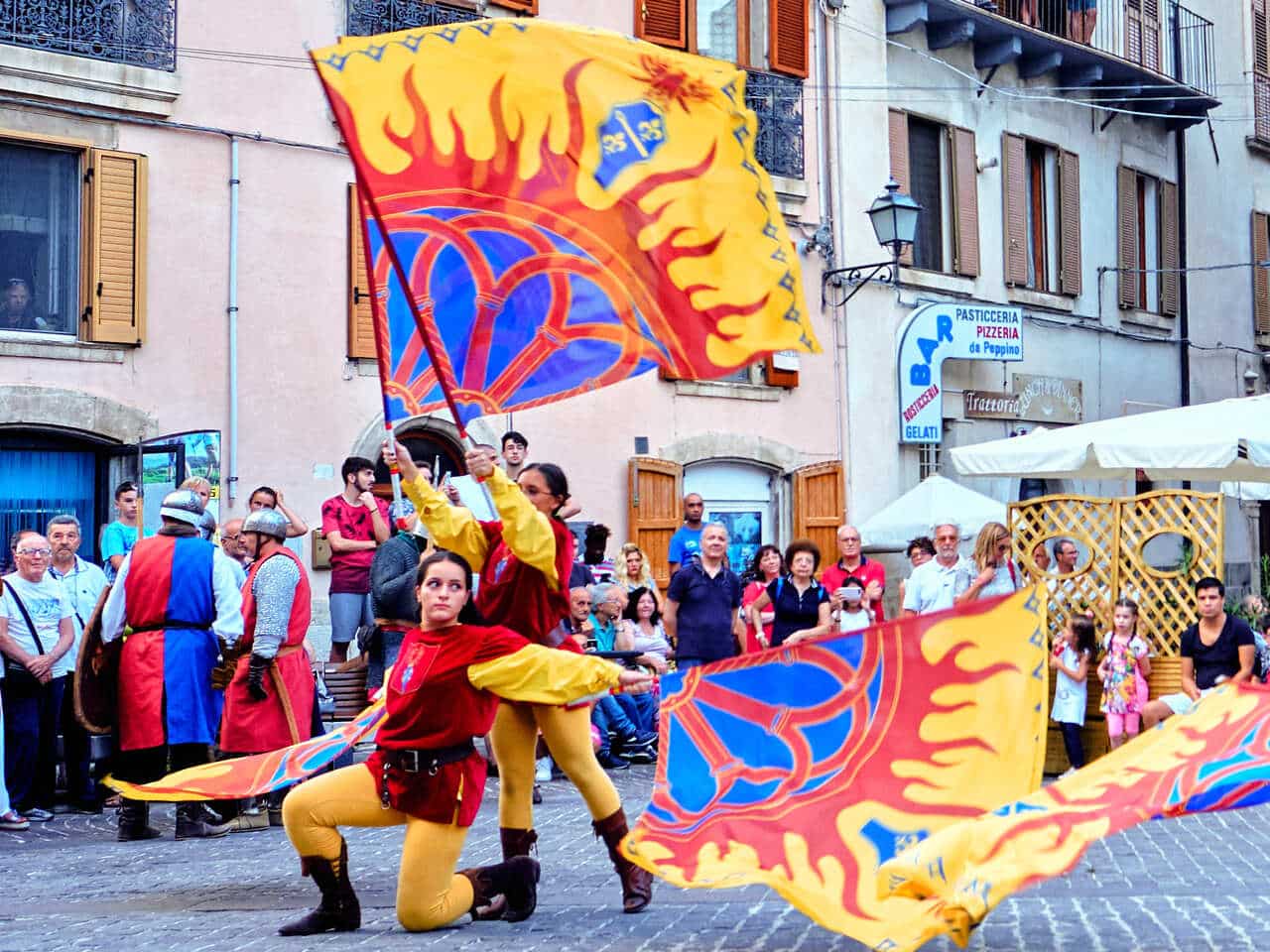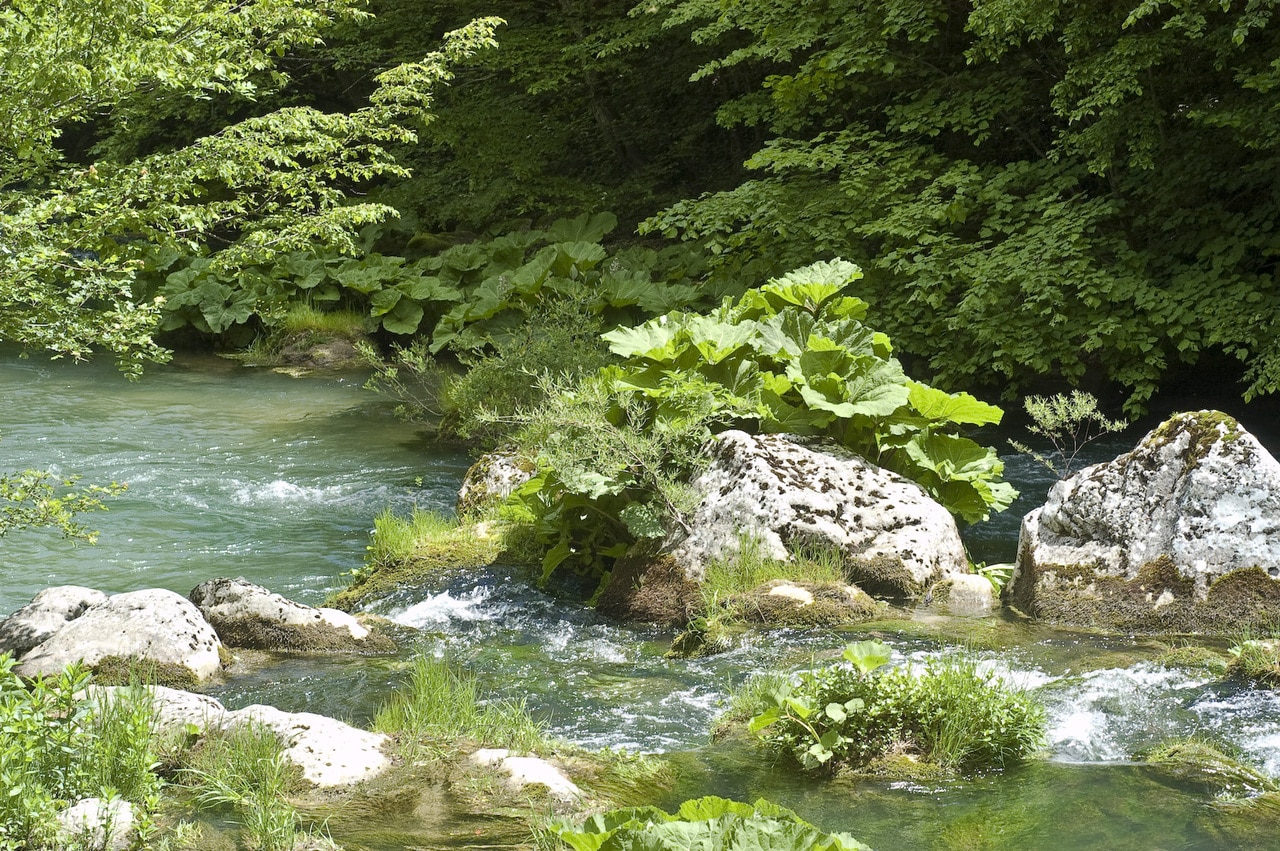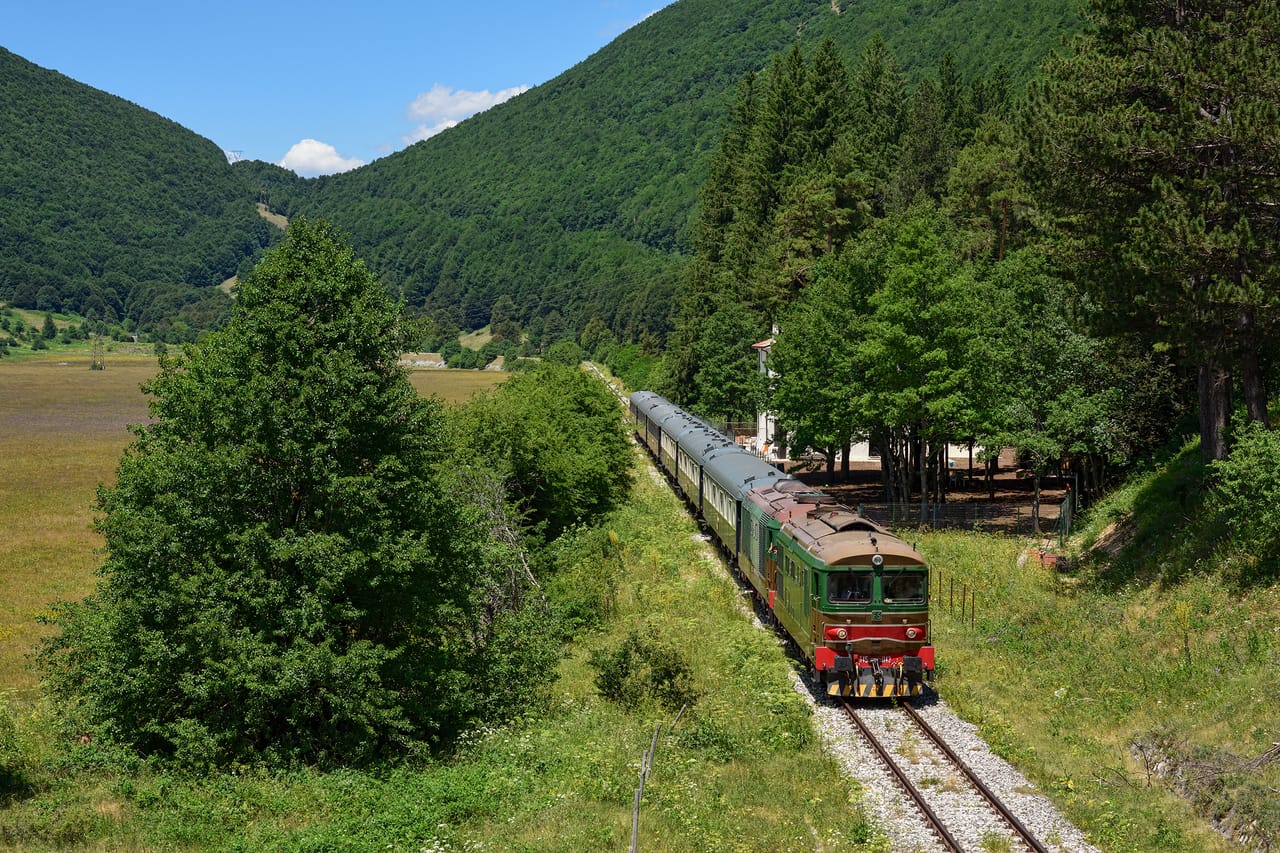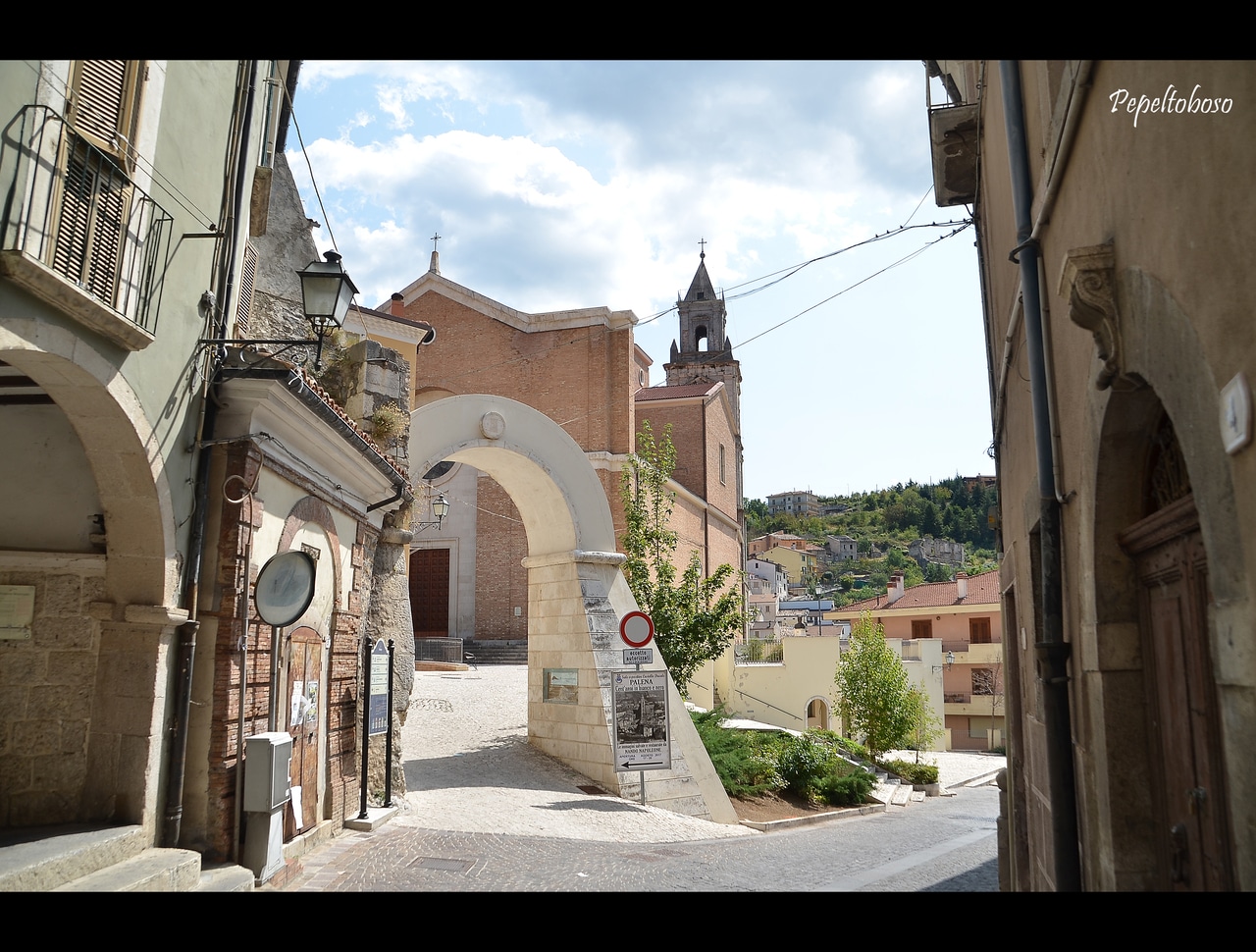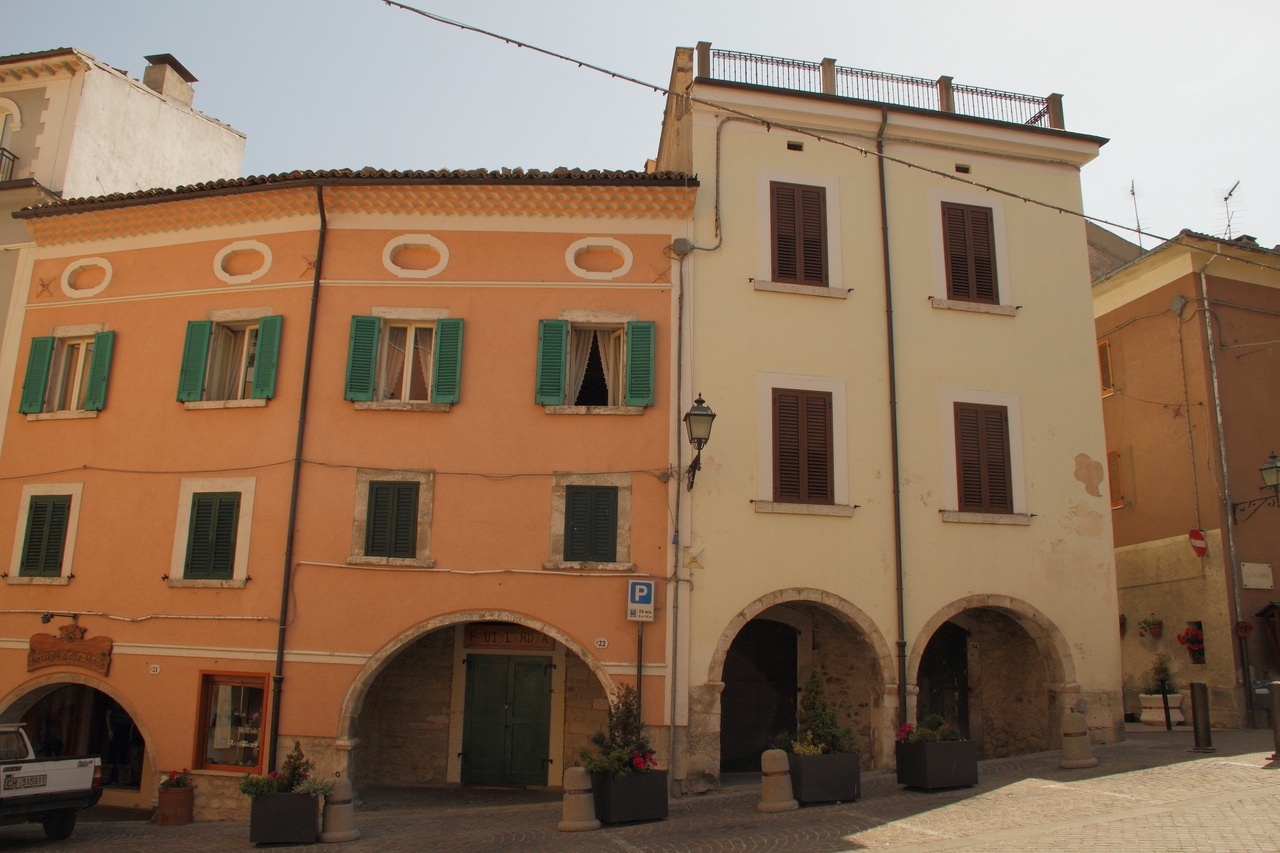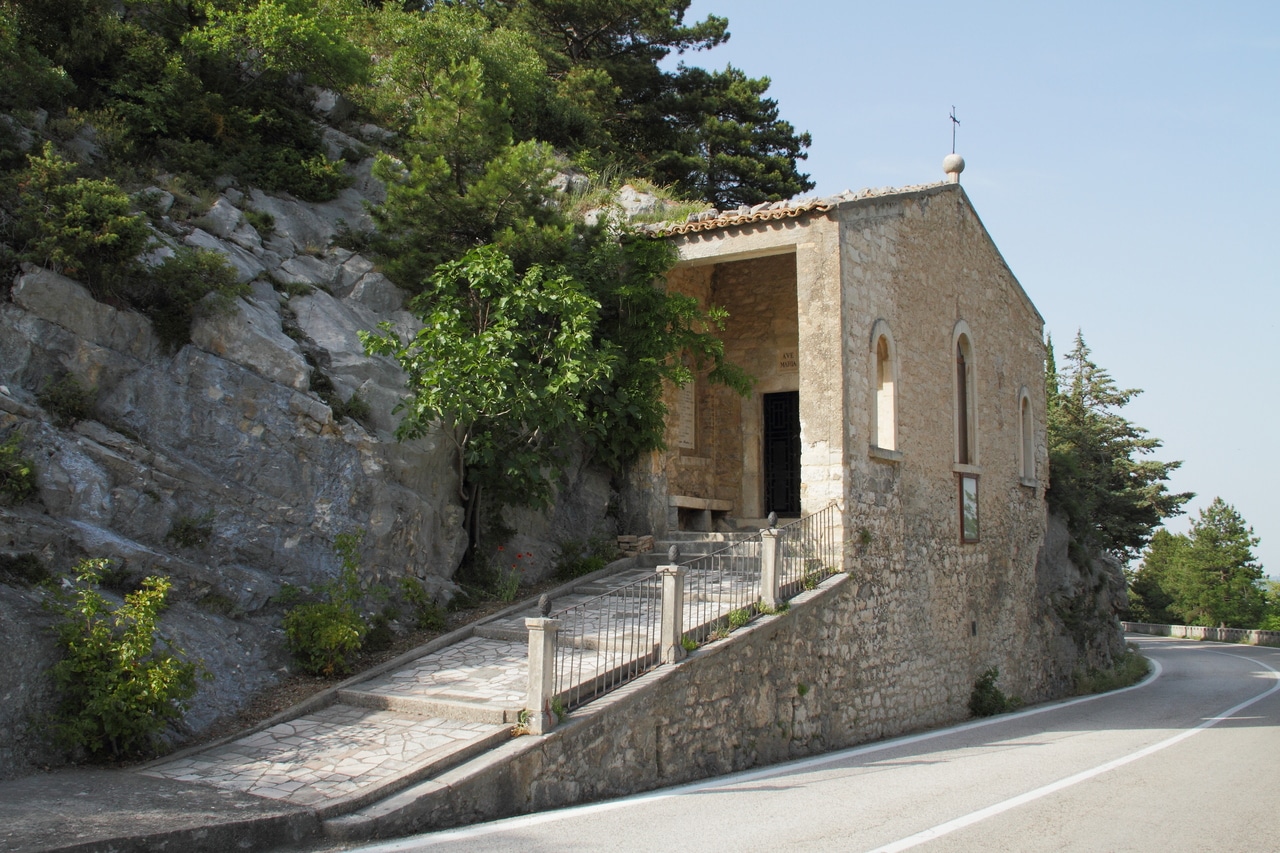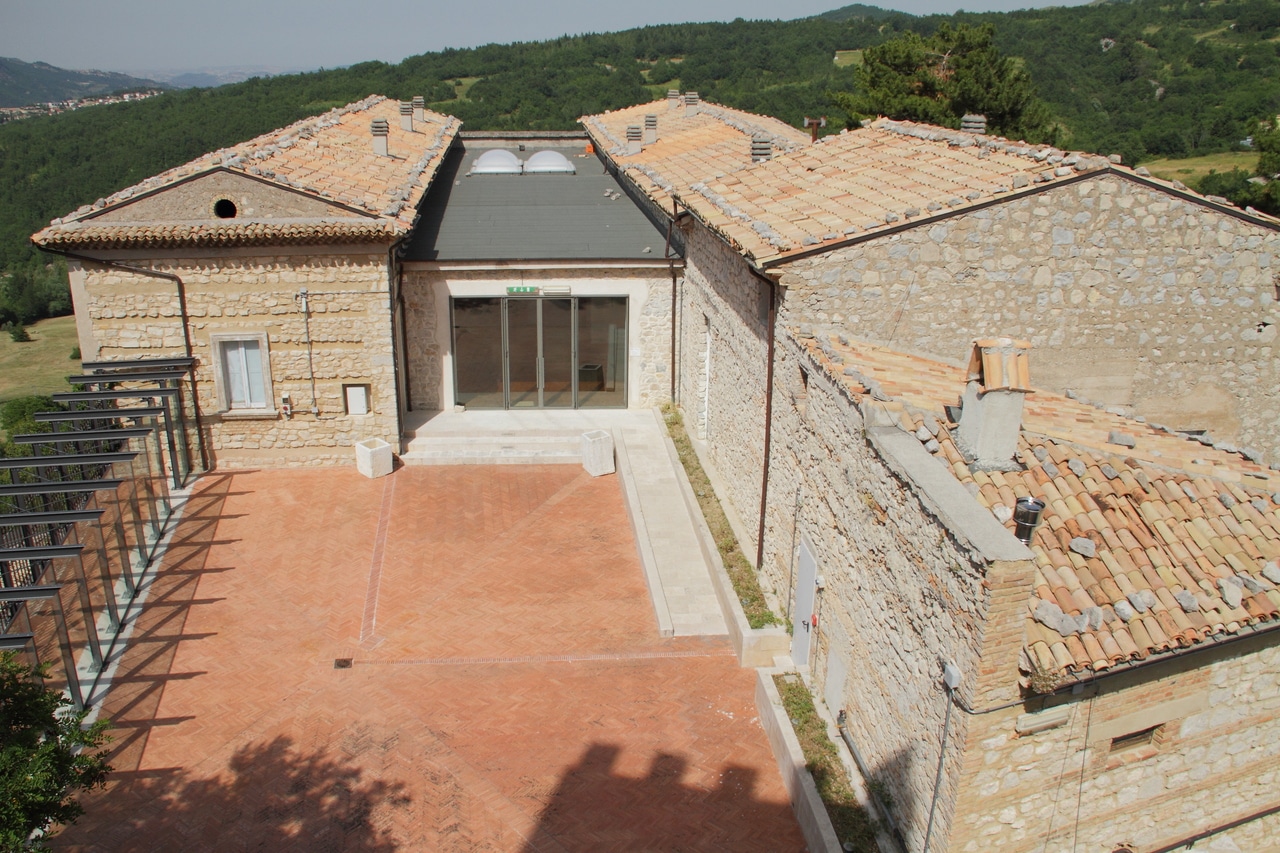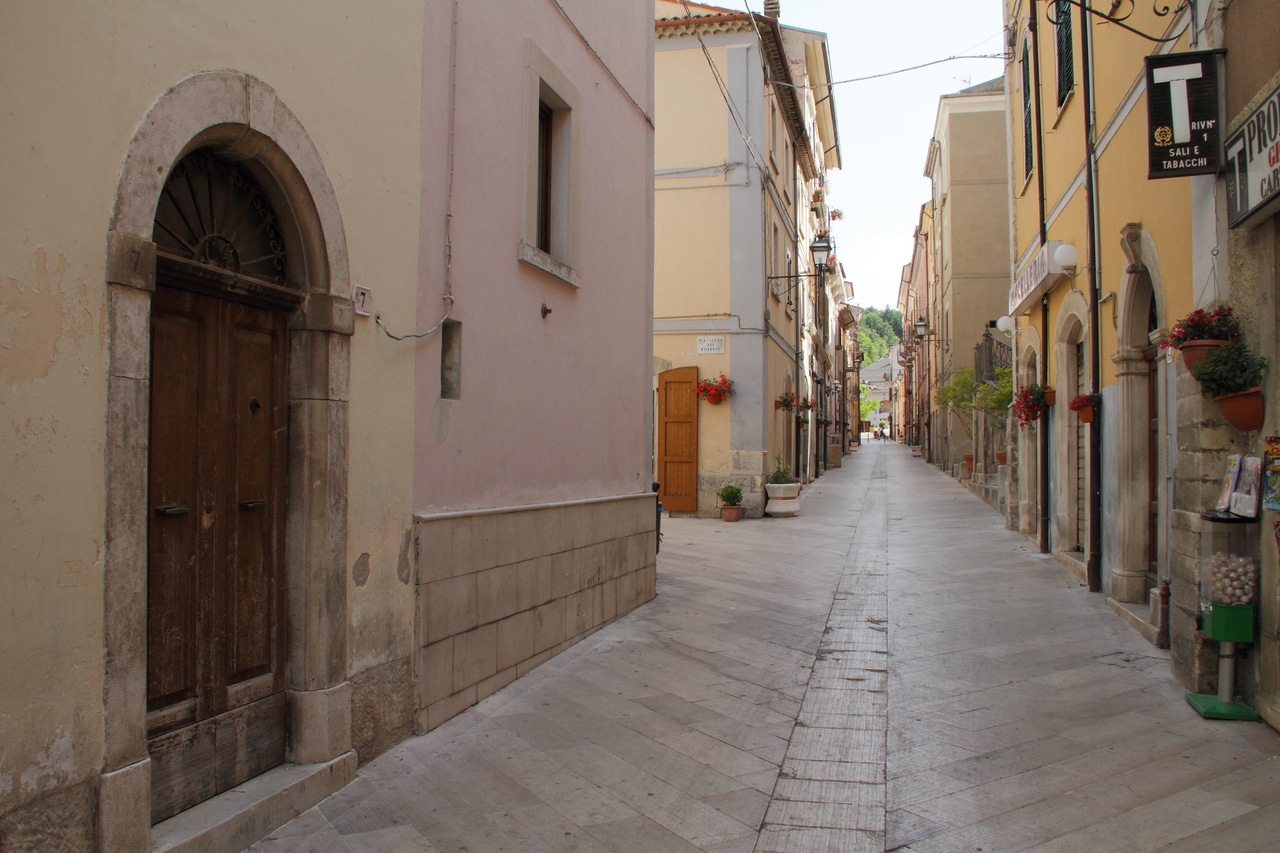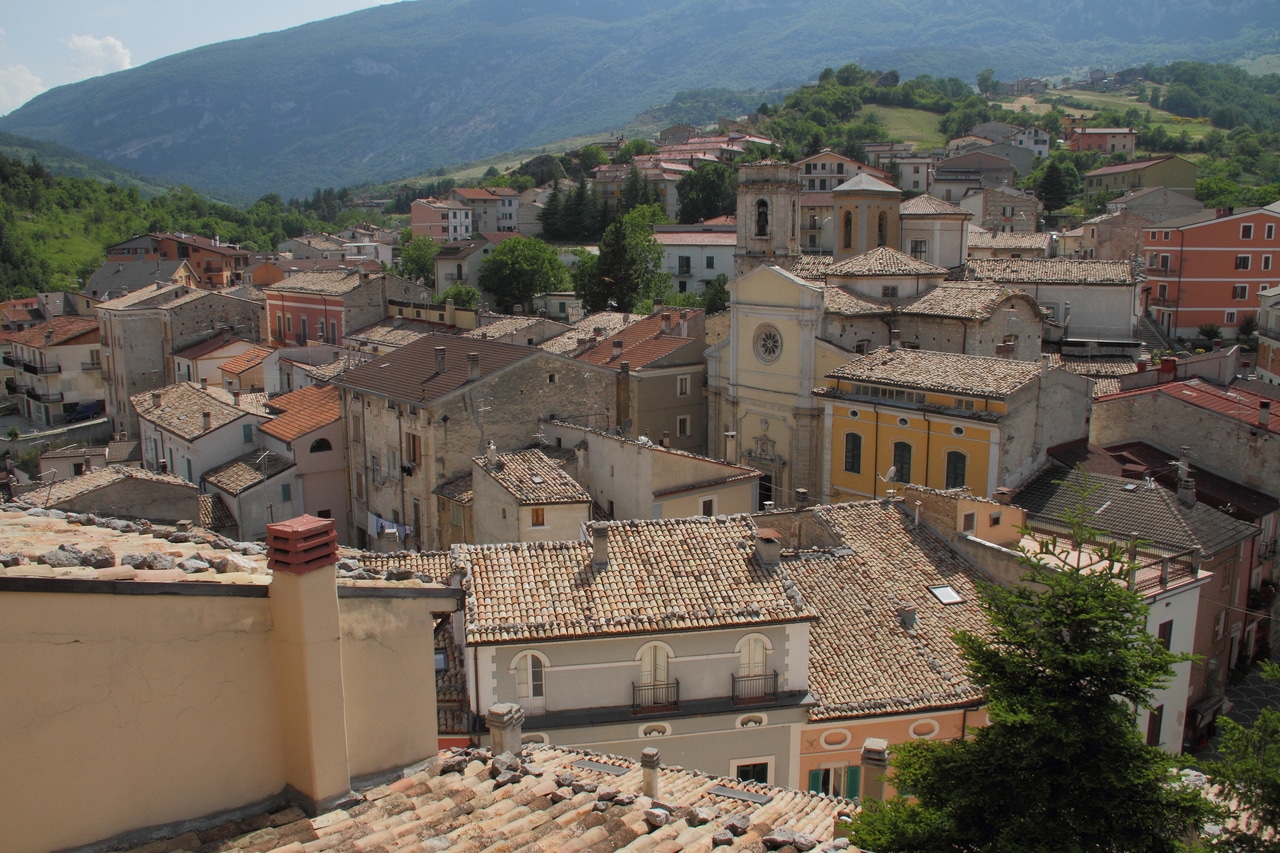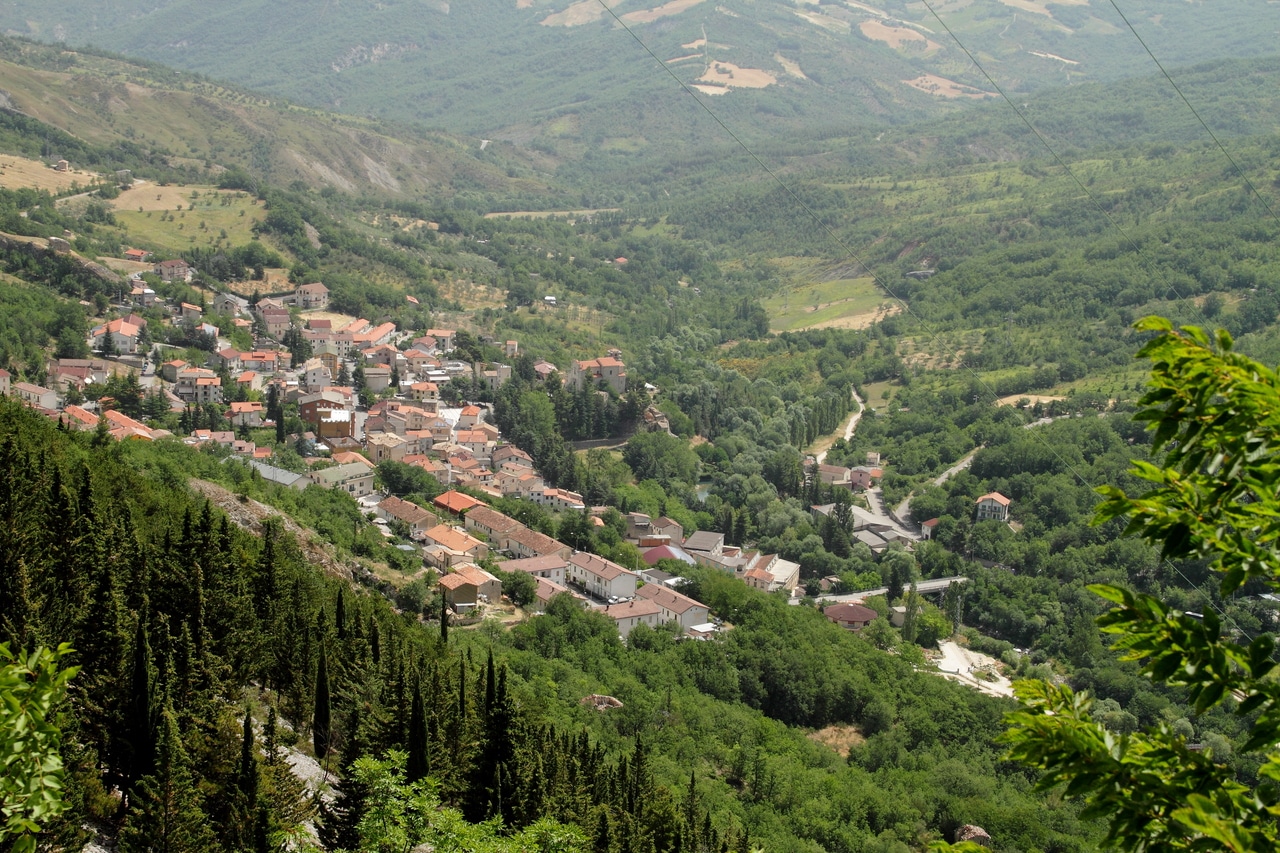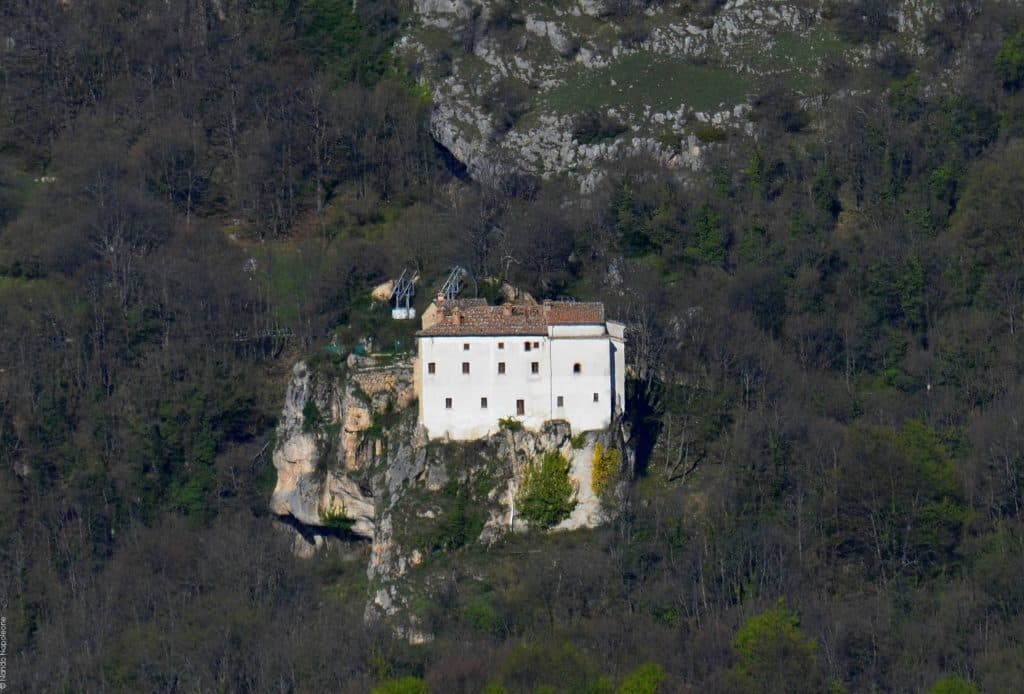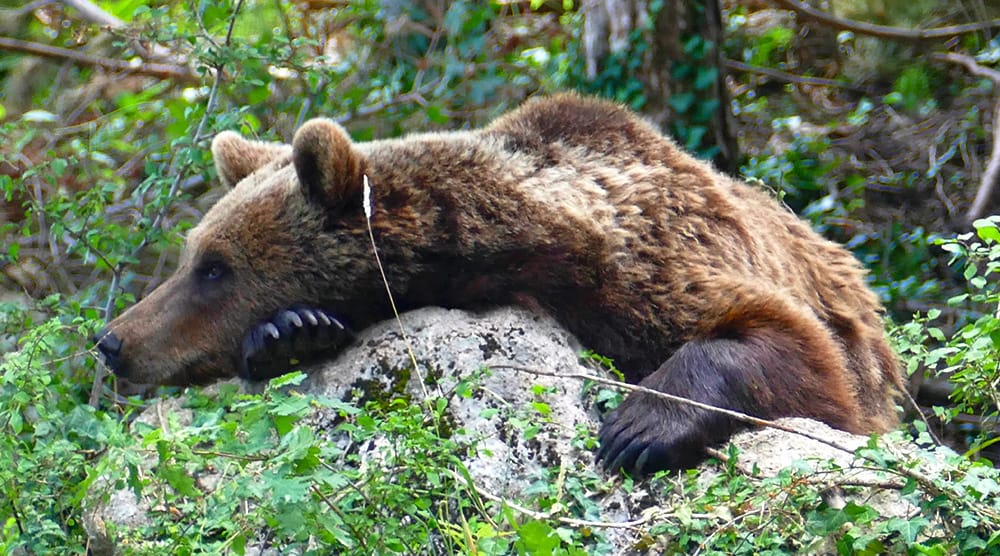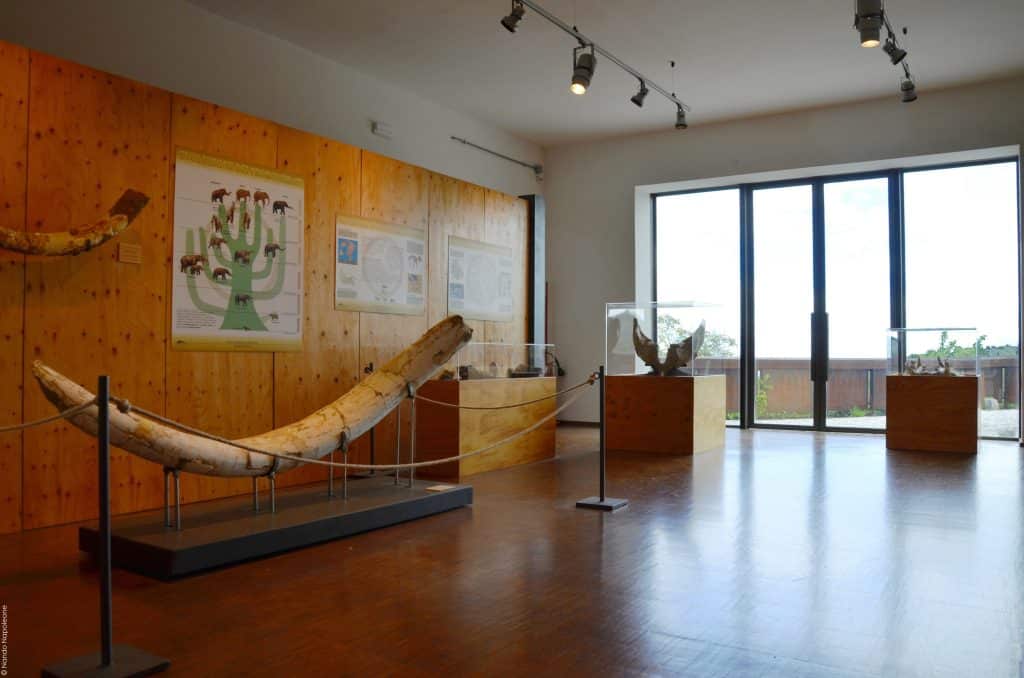Historical background
The territory where Palena stands today was, in the very distant past, completely covered by the sea: it is enough to visit the Geosito di Capo di Fiume in the shadow of Mount Porrara to realize this, in light of the presence of numerous marine fossils dating back at least 7 million years.
The earliest human presence in Palena dates back to the Paleolithic while the first to mention the village was Diodorus Siculus, in 1 B.C., within his Bibliotheca Historica: the geographer calls its inhabitants Peligni, in reference to that Italic population whose name clearly refers to Mons Pallenum (today Mount Porrara).
In the past, Palena was nicknamed "Little Jerusalem" because, from the 9th to the 14th century it saw the presence of several religious protagonists. Just think of the hermit St. Falco who, thanks to his miracles, became the patron saint of the village of Palena. St. Francis of Assisi was also passing through Palena, when he was a guest of Count Tommaso Vinciguerra on his way to Castelvecchio Subequo in 1216. Legend has it that St. Francis laid a stone of a large convent in a place where there was already a smaller and older church called Santa Maria in loco, which later became the Church of St. Francis.
The most difficult periods for Palena coincided with the 1706 earthquake and World War II: between German mines and Allied bombs, the village was literally devastated. It was later rebuilt, showing today an important historical and even artistic heritage, framed by a spectacular naturalistic setting.
Palena, environmental preservation and the Marsican bear
The MOM is Palena's flagship museum, opened in 2005: it is the Museum of the Marsican Bear, located inside the former convent of St. Anthony. Its five exhibition sections help visitors learn about the habits and way of life of this wonderful endangered specimen that is present within the Maiella National Park.
It is especially the younger ones who enjoy visiting the museum. Through educational panels, dioramas and the reconstruction of the forest environment with its sounds, the museum aims to illustrate the characteristics of the Marsican bear from biological, environmental, mythological and historical perspectives.
In Località Colleveduta, you can explore the Majella National Park Wildlife Area, opened in 2015, where three stunning bears, Margherita, Iris and Caterina, now live. An area characterized by a forest of firs, bushes, fruit trees and grazing areas that reflect the natural habitat of the Marsican bear.
An exceptional wealth of orchids in the Palena area has led to it being nicknamed "the village of orchids." In fact, near the headwaters of the Aventine River a path winds through meadows dotted with wild orchids. In Palena as a whole, there are at least 64 species of orchids, plus just under 20 hybrids.
What to see in Palena: from the castle to the village churches
The village of Palena has an elegant, well-preserved historic center. The entire town is dominated by the majestic Ducal Castle, also known as Castel Forte, dating back to the 12th century. On the top floor of the castle is the Geopaleontological Museum, which is rich in fossil specimens that testify to the geological past of the area.
Among the many churches in Palena, the Church of San Falco and Sant'Antonino Martire, the village's patron church named after San Falco, a Basilian monk who died in Palena in the 11th century, are worth a visit. Then there are the 11th-century Church of San Cataldo, famous for its fountain; the Church of Our Lady of the Rosary, originally called the Church of Santa Maria della Neve. Equally beautiful is the Church of San Francesco, inside which are paintings, statues and a beautiful altarpiece by Cenatiempo.
Just outside the center of Palena, surrounded by verdant vegetation, is the Celestinian Hermitage of Our Lady of the Altar. Set almost 1300 m.a.s.l. on Mount Porrara, it appears that this was the first place where Pope Celestine V lived as a hermit before taking his vows.


